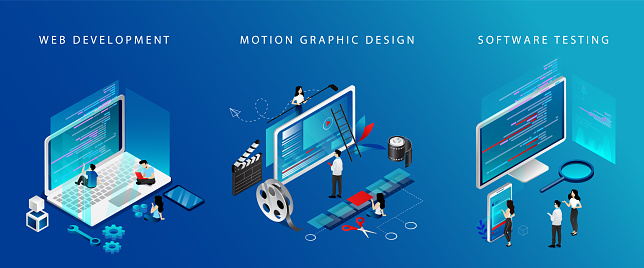ETL Vs Database Testing
ETL (Extract, Transform, Load) and Database Testing are two essential processes that ensure the quality and accuracy of data. While ETL deals with extracting data from various sources, transforming it, and loading it into a target system, Database Testing focuses on verifying the correctness and completeness of data in the target database. In this blog, we will explore the differences between ETL and Database Testing and provide a comparison table with examples.
ETL (Extract, Transform, Load)
ETL is a data integration process that involves extracting data from various sources, transforming it into a format that can be easily loaded into a target system, and then loading it into the target system. ETL is typically used to move data between different systems, consolidate data from multiple sources, and perform complex data transformations. ETL testing involves verifying the correctness and completeness of data during the ETL process.
Example: Let’s consider an example where we need to extract data from a source system, transform it, and load it into a target system. Suppose we have an e-commerce website that needs to extract customer order data from an Oracle database, transform it by aggregating the data by product category, and load it into a PostgreSQL database. In this case, ETL tools like Talend Open Studio or Informatica PowerCenter can be used to extract, transform, and load data.
http://informationarray.com/2023/07/24/etl-vs-ui/
Database Testing
Database Testing is a process that involves verifying the correctness and completeness of data in a target database. Database testing typically involves verifying data integrity, data accuracy, and data completeness. Database testing can be performed manually or using automated testing tools.
Example: Let’s consider an example where we have a target database that contains customer order data. In this case, database testing can be performed to verify the correctness and completeness of the data. The testing can involve verifying the accuracy of the customer order data, checking for any missing or incomplete data, and verifying the data integrity constraints.
ETL vs Database Testing: Comparison Table
To better understand the differences between ETL and Database Testing, let’s compare them using a comparison table:
| ETL | Database Testing |
| Extract, transform, and load data | Verify the correctness and completeness of data |
| Involves complex data transformations and integration | Involves verifying data integrity, data accuracy, and data completeness |
| Performs data quality checks during the ETL process | Performs data quality checks after the data has been loaded into the target database |
| Involves testing of ETL workflows and processes | Involves testing of database queries and data manipulation operations |
| Uses ETL tools such as Talend Open Studio or Informatica PowerCenter | Uses database testing tools such as DbFit or SQLTest |
In conclusion, ETL and Database Testing are two essential processes for ensuring the quality and accuracy of data. ETL is a data integration process that involves extracting, transforming, and loading data into a target system, while Database Testing involves verifying the correctness and completeness of data in a target database. Both ETL and Database Testing have their own unique requirements and challenges, and it is important to choose the right approach based on your specific needs and requirements. Understanding the differences between ETL and Database Testing is essential for effective data management and quality assurance.









